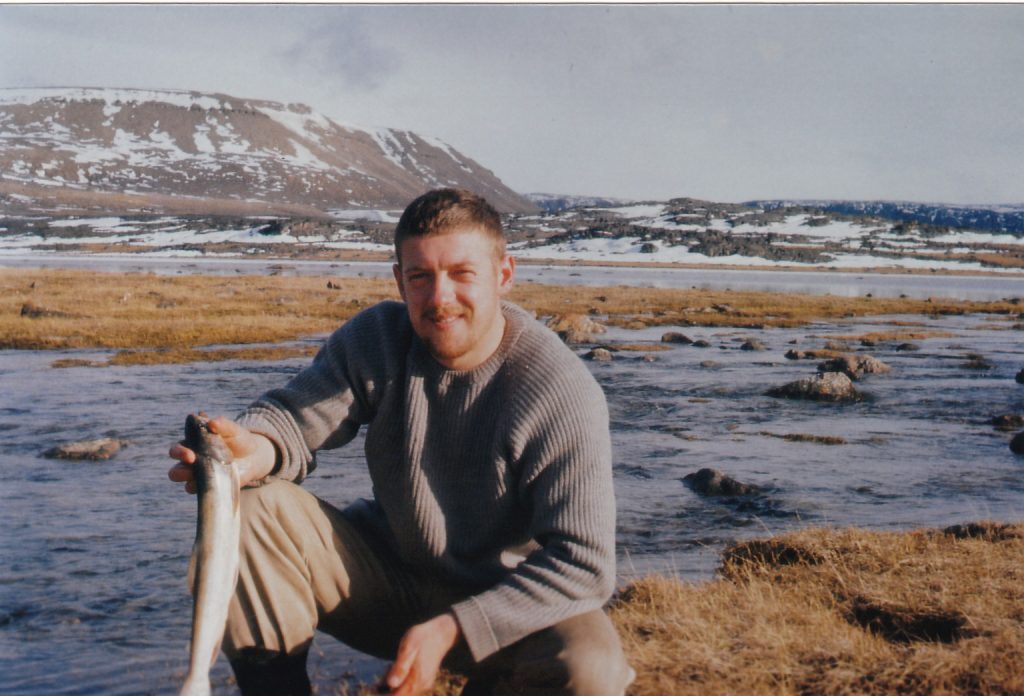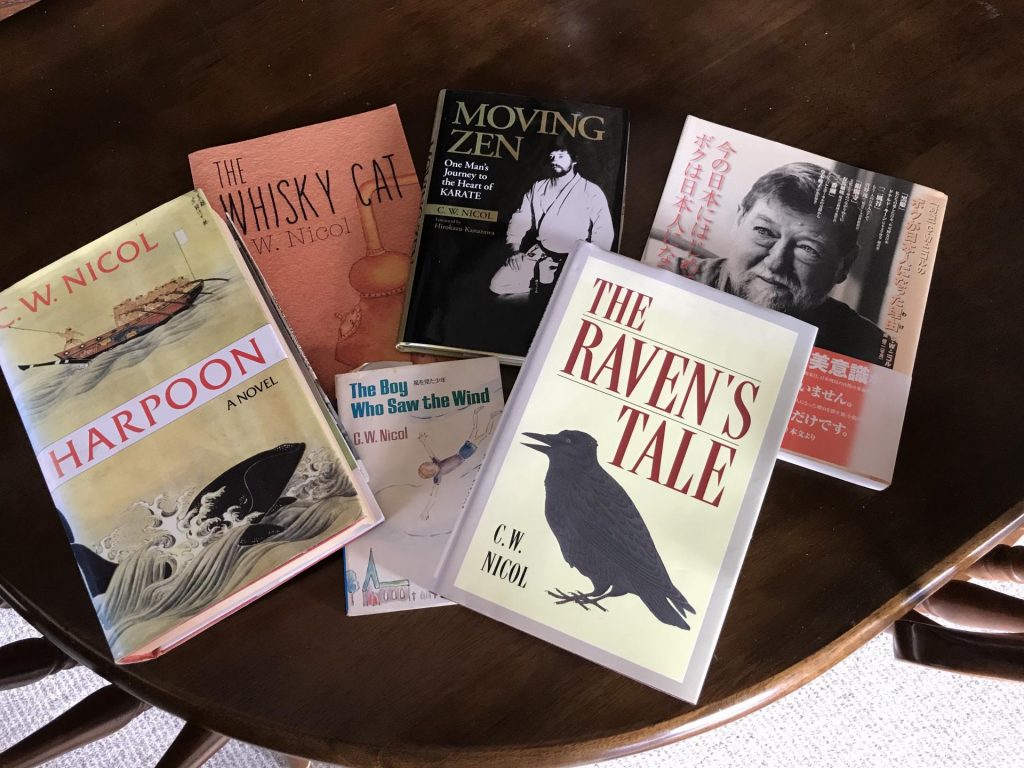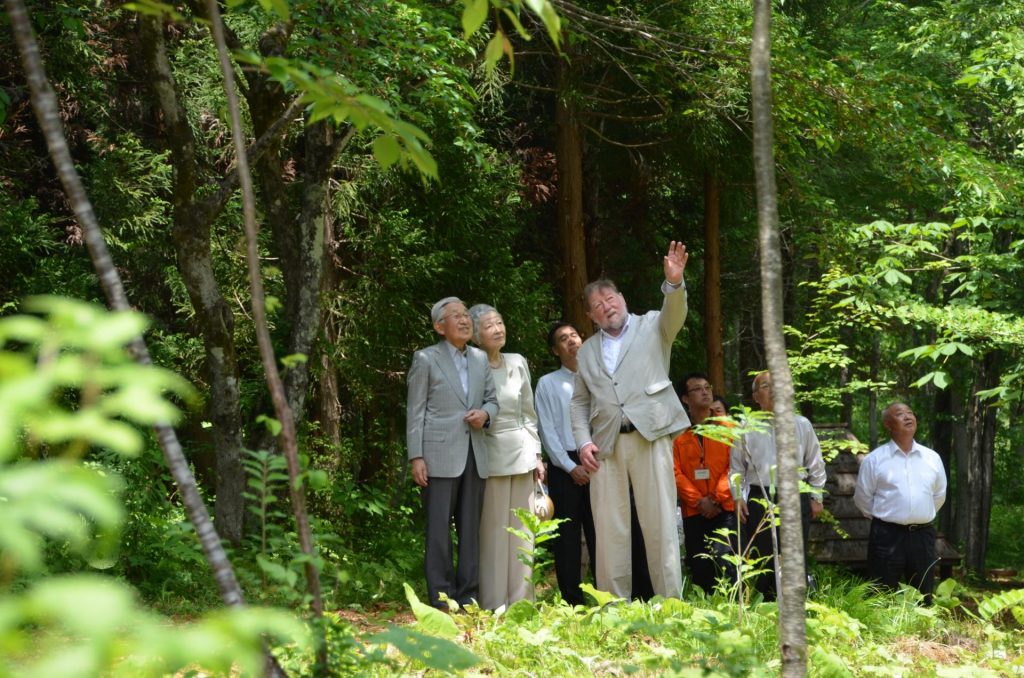It was a given growing up in New York City in the ‘60s and ‘70s that most—no, scratch that—all of your friends were either actors, painters or writers; untested, unmounted and unpublished to a man. So, you’ll forgive me an eyeroll when C.W. Nicol walked into my life and said, he “wrote.” Uh-huh.
How this force of nature, a fellow we called “Nic,” lumbered into my life was coincidence, pure and simple. He had just moved to Nagano Prefecture with his bride Mariko. It was 1980 and, like all ex-pats needed, cash flow. Back then—and perhaps to a lesser degree still now—“cash flow” was synonymous with “eikaiwa” (English conversation school). Nic needed a teaching job fast and the Nagano American School was the only game in town.
He came knocking. It was a surprise, though, and a delight to see him standing in the doorway. You could count the number of foreigners in Nagano City on the fingers of your left hand. Running into one was an occasion, so with high hopes we climbed the stairs to see the head honcho. No dice.
Unperturbed Nic and Mariko got into their car and drove north into the woods; me apologizing to no end. A weekend or so later, bundling my wife Shigeyo into the car, we drove off from our cut-and-dried, salaryman four-cornered danchi to see them in their wild forest lair near the foot of Mt. Kurohime. Now this patch wasn’t then what it would eventually become. This wasn’t the sheer acreage to be visited by Imperial families and royal princes; this was, in my eyes, better.
The Nicols had holed up in an old thatched-roofed farmhouse hugging a hillside surrounded by rice paddies. Satoyama to the nines. It was certainly my dream place. The weathered wood walls melding with the straw roof all askew. Heavy beams set cheek to jowl creating earthy rooms of concentric tatami mats. It’s precisely what foreigners see in their mind’s eye when fantasizing a rural life in Japan.
Easily the Nicols had made that illusion into a warm, snug home; a variable Woodstock of cast iron pots, hand-thrown pottery and macrame. Mariko served tea in rustic cups and snacks on rough hewn ceramic plates taking my breath away. It became clear that afternoon, being stuck in a grey housing development was quick becoming intolerable when this life existed across the Chikuma River and through the Kurohime Woods.
Autumn was getting along, the air carried a chill with snow seemingly around the corner, while Nic told a snow country story over steaming mugs. That past winter, he and Mariko woke up one morning to find the entire genkan sealed off with heavy snow. It was up to the roof and beyond. There was no way to leave the house without digging a tunnel. Laterally wasn’t an option, as there is no telling how far you would have to dig. Nic knew if the family was ever going to leave the house sometime before spring, they would have to dig upwards to the eves. That he did and for the rest of the winter season, they emerged like snow foxes from their cozy den straight up from the front door.
It was in the following year that Nic and Mariko bought a fine tract of land closer to the slopes of Mt. Kurohime. He had fallen in love with the Shinano-machi fields and forests when he had spent summers there working at an English summer camp to best escape from the horrid Tokyo heat. The house he was about to build would be his third in the area. Somewhere between the rustic farmhouse and this new patch of land, there was a modern vacation besso.
In each location, Nic earned his snow country construction chops. He knew the angle of roofs and the front door has got to be three-plus meters off the forest path. No more early morning digging out from under for them. Planning and anticipation became the rule. Large southerly windows and a special wood burning kitchen stove girded with water tanks to circulate hot water through a serpentine system of radiators located about the house.
After years in Africa and the Arctic, this was the home where he would spend the rest of his life.

Ethiopia, 1975
The Arctic, 1962
Settling down in his corner of the woods, Nic began to press his career forward. There had been early work in the 1960s and 70s. His diary on studying karate in Japan, “Moving Zen,” was on the bookshelves of every Asian bookstore in Manhattan. Being a game warden in Ethiopia provided the biographical pages for “From the Roof of Africa.” But now, surrounded by cattle grazing and beech trees, Nic turns to fiction, drama and song writing. He won awards in each of those pursuits but perhaps it’s best not to forget mentioning the long-running outdoor-life articles in one of the wildly popular “Jump” magazines.
In the “bubble era” ‘90s, camping and the great outdoors became “a thing” in Japan and C.W. Nicol became a household name. He wrote about campfires, shelters, cooking on spits and stones, how to gut and roast, all the while urging Japanese urbanites to dream of the wild, natural world. Thirty years ago was the very nub of the burgeoning woodland lifestyle, a labor that still calls out to people today. In Twenty-first century terms, Nic was the “influencer” of the Japan Outdoor Industry, giving citizens great breaths of fresh air and adventure.
This of course made Nic a “go to” in the media and the retail world. More than once, you could be driving down the broad main street in town, quickly roll down your window and holler loud, “Yo, Nic!” and wave wildly when you saw him standing on the sidewalk outside a showroom. It was invariably a life-sized cutout of the old boy propped up against a display of Hawkin’s hiking boots or this year’s Mitsubishi four-wheel drive adventure van. However all this sponsorship did lead to a relationship that Nic treasured, Nikka Distilleries and its whiskeys.
C.W. Nicol, the consummate Celt, loved his whiskey, his songs and his poems, much in that order. For a Welsh lad who grew up on the knee of his godfather, Dylan Thomas, no more could be asked. He became Nikka’s spokesperson and after a string of television commercials, they asked Nic if he would consider creating his own barrel of hooch. This question was so quickly answered it rendered itself moot in a moment’s blink. He set about to design a single-malt while throwing delicacy, nuance and balance to the winds; this was to be a pool of smoke, peat and mahogany the likes of which few have ever seen.
On June 26, 1986, a single cask of Nichol’s Dram was laid down in Nikka’s original distillery in Yoichicho, Hokkaido. For five thousand one hundred and forty-five days that barrel sat and aged. How Nic could be patient those fourteen years is a riddle no one could answer. Each evening when we drank, in the back of our minds for near a decade and a half, we silently wondered what would come of barrel #126941. On July 27, 2000 one hundred bottles of Nicol’s Dram were bottled.
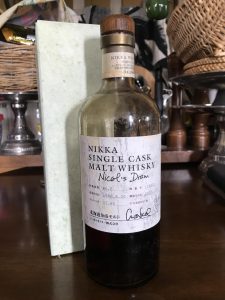
It’s easy to glibly say how fabulous that tipple was; a few whiskey critics claimed it was in the top ten of all whiskeys ever if not the top three. It is, of course, subjective; people adore what they adore and despise what they despise. However, when Yoshiro Mori, the prime minister of Japan at the time, was to visit the William Jefferson Blythe Clinton White House, he scouted about for the perfect gift to bring the leader of the free world. With all the resources at the Japanese government’s disposal, the prime minister up and chose a single bottle of Nicol’s Dram made in Hokkaido. That’s all.
A few months later, up the pitted gravel backcountry road swerves a postman on his 90cc Honda Cub. He’s delivering a hand-written letter on White House stationery thanking Mr. Nicol profusely for that amazing whiskey and then appends it with, if at all possible might he have another? Signed, Bill Clinton.
Not a problem.
Nic, big-hearted, generous and full of tales, was always a welcomed soul around anybody’s groaning board and, at rare moments, even at the loftiest of tables. When the Prince of Wales visited The C.W. Nicol Afan Woodland Trust in October 2008, he was accompanied by Princess Takamado, the widow of Prince Takamado (who was a first cousin of Emperor Emeritus Akihito). The Takamado children used to stay with “Uncle Nic” at the Kurohime house for a few days each summer. Nic was thrilled and used to talk about the shenanigans the kids would get into.

Prince Charles visits Afan in 2008
In autumn 2019, Nic was invited to lunch at the Imperial Palace. Emperor Akihito and Empress Michiko, having just stepped down from the Chrysanthemum Throne six months earlier, asked Nic to join them for a private luncheon at their residence overlooking the palace woods. The Empress herself whipped up a light meal and had just served the three of them when the Emperor excitedly began talking about nearly tripping over a huge pile of—to put it politely—droppings in the woods. He pointed to a spot on the other side of the garden pond beyond the tree line. The Emperor had no idea what in the world it might be and, Nic being Nic, liked nothing better than talking about it. The fact that none of this makes for polite table conversation was not lost on the Empress. Her Imperial Highness sat quietly and said nothing. But when the Emperor suggested they go have a peek, both men jump to grab their shoes in the genkan. “Oh, no you don’t,” a voice boomed out. The Empress on her feet and pointing to the table, “You boys get right back here, sit down and finish your lunch. After that you both can go play in the woods.”
C.W. Nicol lived a life. And yes, he really was a writer.

Emperor Emeritus Akihito and Empress Emerita Michiko’s visit Afan in 2016
Photo by Nagano Prefecture
About the Author
Peter Nierenberg’s eclectic four-decade career in Japan includes a weekly study column in the Shinano Mainichi newspaper and contributions to the Hokushin Times and other local newspapers. He has published several English textbooks and was given the Nagano Prefecture award for educational service and the Nagano City Nursing College award for education. He had a long-running weekly radio show on the Fuji Radio and Television Network and also worked on corporate communications, commercials, videos for international Japanese brands and even a stint as an actor with numerous operas. He and his wife Shigeyo ran two popular New York-style bistros in Nagano for more than 18 years.
C.W. Nicol was born in South Wales, UK in 1940. He lived in Shinano-machi since 1980 and started acquiring neglected woodlands through his Afan Woodland Trust since 1986. In 2005, in recognition of his conservation activities, he was appointed Member of the Order of the British Empire (MBE) by Queen Elizabeth II. In 2016 he received the 26th Midori no Bunka (Green Culture) Prize from the National Land Afforestation Promotion Organization. In 2016, the Emperor and Empress of Japan visited the Afan Woodland Trust. Nicol passed away on April 3, 2020 in Nagano. Learn more about the legacy, activities and programs at Afan.





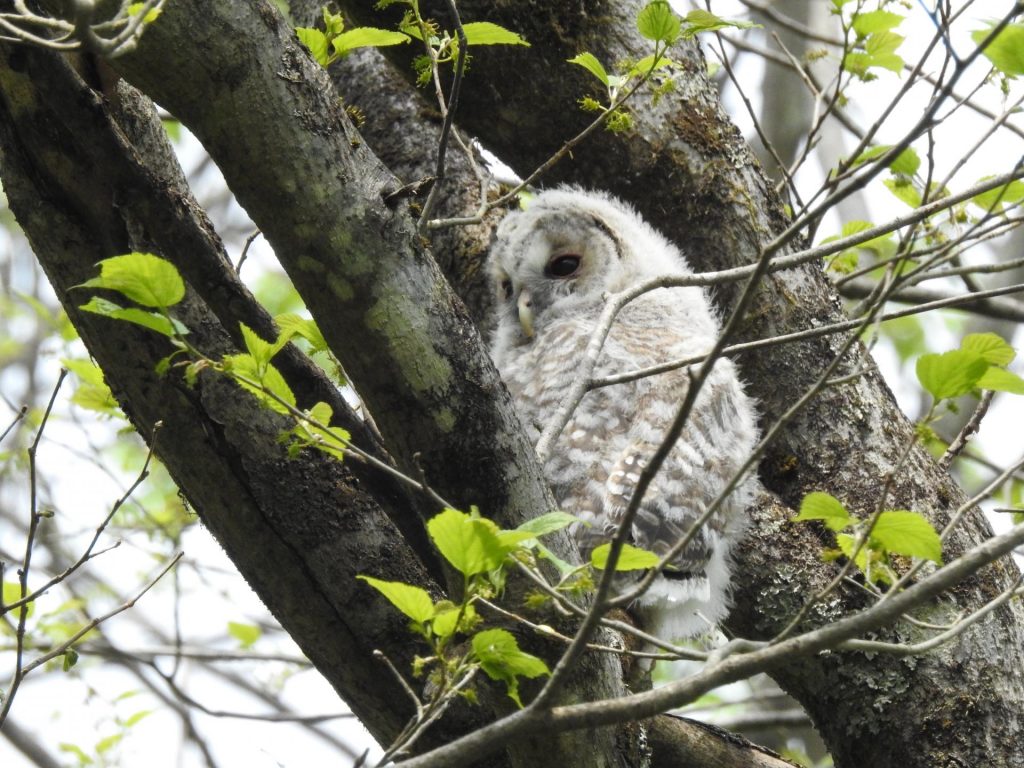

-1024x678.jpg)

